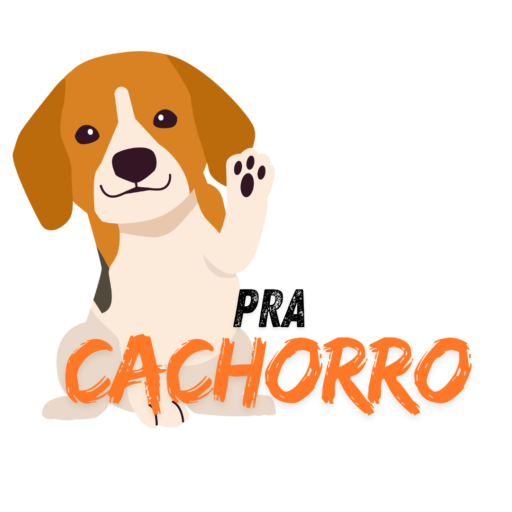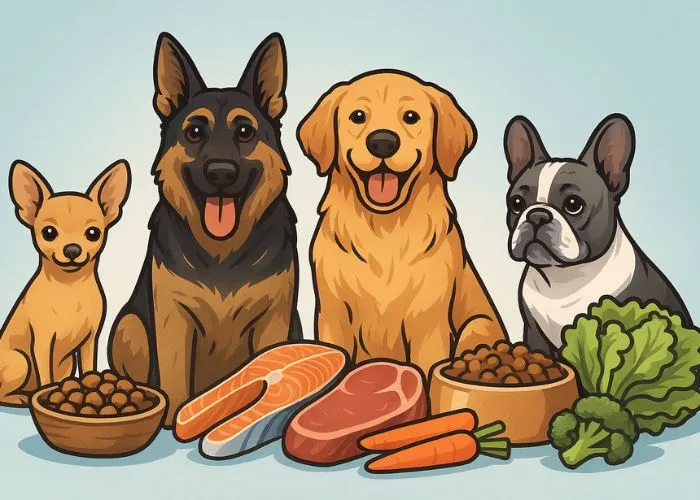Your dog’s coat is not only a matter of appearance—it’s a vital indicator of their overall health. A shiny, full, and soft coat means your dog is well-nourished, well-groomed, and feeling good on the inside. But when a dog’s coat becomes dry, dull, or starts to shed excessively, it’s often a sign of nutritional imbalances, stress, allergies, or poor grooming habits.
In this expanded guide, we’ll take a deeper look into the best practices for coat care, signs of problems you shouldn’t ignore, and how to create a daily routine that promotes a healthy, vibrant coat for every breed and life stage.
🧪 Understand the Link Between Coat and Health
A dog’s coat health is closely tied to their internal wellness. Hormonal imbalances, thyroid issues, and even digestive disorders can manifest through changes in the coat. If your dog’s fur suddenly becomes greasy, flaky, or starts falling out in patches, these could be symptoms of something more serious.
🔍 Pro Tip: Always investigate changes in coat texture or shine with your vet—especially if they occur suddenly or are paired with behavioral changes or skin irritation.
🌿 Natural Remedies to Boost Coat Health
In addition to proper grooming and diet, many owners are now turning to natural solutions to enhance coat quality:
- Coconut oil (in small amounts): Can be applied topically or added to food to reduce inflammation and improve shine.
- Oatmeal baths: Soothe dry or itchy skin and help lock in moisture.
- Herbal supplements: Like nettle, flaxseed, and chamomile, can support skin function and reduce allergy symptoms.
Always consult your vet before introducing supplements or topical treatments, especially if your dog has sensitive skin or a history of allergies.
🐶 Grooming Tips by Breed Type
Not all grooming routines are created equal. Different coat types require different care:
- Double-coated breeds (e.g., Huskies, Golden Retrievers) need seasonal deshedding and thorough brushing to prevent matting.
- Curly-coated breeds (e.g., Poodles, Bichons) require frequent trims and conditioning to prevent knots.
- Short-haired breeds (e.g., Boxers, Dobermans) may shed more and benefit from weekly brushing with a rubber curry brush to stimulate the skin.
Tailoring your grooming routine to your dog’s breed can prevent common coat issues and make maintenance easier.
🧴 Importance of Skin Health in Coat Quality
Healthy fur starts with healthy skin. If the skin is dry, flaky, or inflamed, the coat will suffer. Factors that impact skin health include:
- Allergens (pollen, dust mites, certain foods)
- Harsh weather conditions
- Infrequent bathing or improper products
- Underlying medical conditions
Use moisturizing sprays, hypoallergenic shampoos, and keep your dog in a balanced temperature to avoid environmental stress on the skin.
🐾 Long-Term Benefits of a Healthy Coat Routine
Taking the time to care for your dog’s coat doesn’t just result in a more beautiful pet—it also helps:
- Detect early signs of illness or skin conditions
- Build a stronger bond through grooming time
- Reduce vet bills by preventing parasites and infections
- Promote emotional well-being—dogs love routines and physical attention!
Even just 10 minutes a day spent brushing or checking your dog’s coat can make a world of difference in how they look and feel.
🧼 Frequently Asked Questions (FAQ)
1. How often should I bathe my dog?
Most dogs should be bathed every 4–6 weeks, depending on coat type and activity level. Dogs that get dirty often may need more frequent baths.
2. How can I prevent my dog’s coat from becoming tangled?
Brush your dog regularly—daily for long-haired breeds. Use a detangling spray or conditioner formulated for dogs if needed.
3. What should I do if my dog is shedding excessively?
Excessive shedding can be seasonal or a sign of a health issue. Ensure a proper diet and check with your vet if shedding seems abnormal.
4. Can I use human shampoo or conditioner on my dog?
No. Human products can irritate your dog’s skin. Always use dog-specific grooming products.
5. How can I prevent skin problems in my dog?
Maintain good hygiene, ensure a balanced diet, prevent parasites, and limit sun exposure. Regular vet checkups are key to early detection and prevention.



